Natural Park Puez-Geisler - Unesco World Heritage
The Puez-Geisler Nature Park can be seen as an open history book of the earth
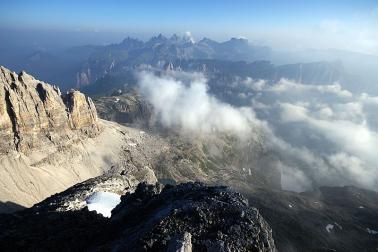
The Puez-Geisler Nature Park was enlarged in 1999 and now extends over an area of around 10,196 hectares belonging to the villages of Abtei, Corvara, Villnöß, St.Martin in Thurn, St.Ulrich, St. Christina in Gröden and Wolkenstein in Gröden. The Park is situated between Würzjoch in the north, Grödner Joch in the south, the Gader Valley in the east (Kampill, Untermoi) and the Gröden and Villnöß Valleys in the west. The Puez-Geisler Nature Park is important from a geological point of view, as all the minerals, sediment strata and weathering forms typical for the Dolomites can be found in it.
The South Tyrolean Dolomites survived the phase of their formation, lasting between 50 and 60 million years, in relatively good condition. For this reason the Puez-Geisler Nature Park can be seen as an "open history book of the earth."
Habitats
Wood Belts and Dwarf-Shrub Heaths
There are forests only on the verges of the nature park, such as the spruce woods in Putiawald and the larch woods near Halsl. The Langen Valley is covered by a rather thin alpine forest consisting of spruces, larches and cembra pines. Around Peitlerkofel, especially on Würzjoch and in Rodelwald, cembra pines spread over extensive areas. These areas are characterized by a rejuvenation rate unique in South Tyrol. At the end of the Villnöß Valley, the magnificent groups of cembra pines advance as far as the detritus slopes at the foot of the Geisler range. The adjacent dwarf-pine zone, with its rich flora, reaches the snow line. There is a variety of plants in these areas, such as different kinds of daphne ( daphne mezereum and daphne striata ), the winter heath ( Erica herbacea ), and the Alpine rose.
The shrubs on the sunny slopes of Zanser Alm provide enough food for roe deer even in winter. The chamoises in Langental prefer the dwarf pine regions interspersed with grassy heath. The red deer often stride from the Peitler area to the Lüsen Valley across Würzjoch. Eagle owls have often been seen in Langental.
Alpine Meadows and Pastures
During Spring anemones, soldanels, bird's eye primroses and crocuses grow on Zanser Alm. In Summer, the blue and red colors of the labiates and figworts predominate. Monkshoods, black vanilla orchids and spotted gentians grow on mountain pastures. The larch fields in the upper Kampill Valley and the bottom of Langental are particularly rich with flowers. Among these, the dwarf alpenrose, the lady's slipper, the martagon lily, St. Bernard's lily and the orange lily need to be mentioned. On the Alpine meadows colorful butterflies can be seen. Black redstarts, wheatears and snowfinches build their nests there.
Alpine Meadows, Detritus Slopes and Dolomite Rocks
Around Peitlerkofel there are grasslands with cushion sedges, and on dry slopes there are also stretches of blue moor grass. In steep places protected from wind the edelweiß, the dragonmouth and the beaked lousewort grows. On the northern part of Peitlerkofel, communities of butterbur and Rhaetian poppy cover whole patches of detritus. The cushions on the southern part of Peitlerkofel contain harebells, Alpine asters and mountain thrifts. In the sedge communities of the rock ledges the smallest varieties of saxifrages, gentians, edelweiss and primroses can surface.
Ravens and sociable Alpine choughs build their nests in the crevices of the Dolomite rocks. Golden eagles float through the air among the rocks near Wasserscharte, in the Geisler group and in Langental.
Quelle: www.provinz.bz.it


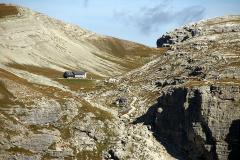
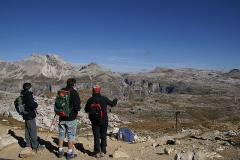
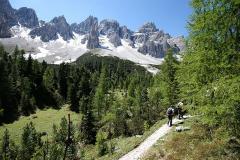
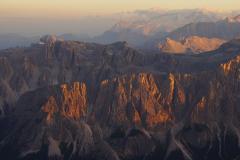
Comments:
You may also be interested for:
For your stay Ladinia recommends:
Haflingerhof
Ciasa Ploner
Fordi
Frapes
Alcialc